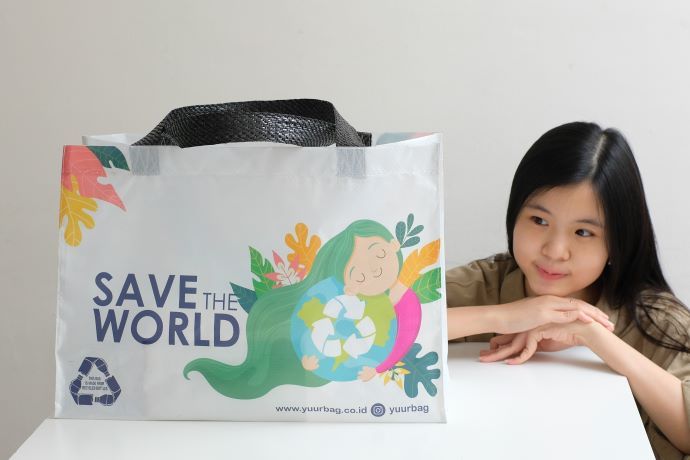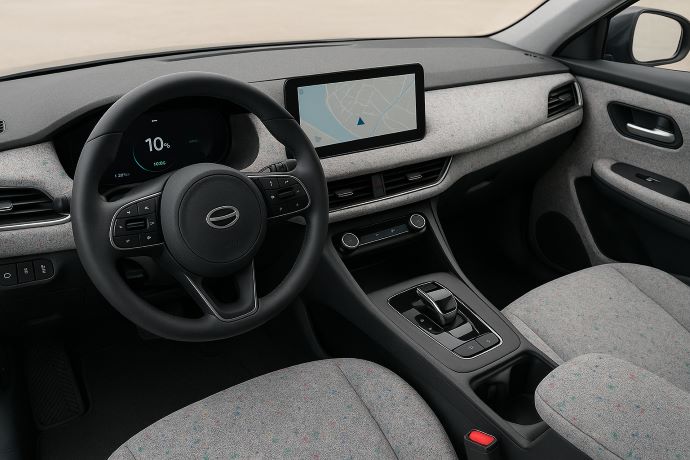2025 Plastic Manufacturing Forecast: Global & Regional Outlook
Key Takeaways:
- Regional demand shifts are shaping the plastic industry, with Asia-Pacific driving production, Europe leading sustainability regulations, and emerging markets offering growth potential amid infrastructure gaps.
- Sustainable materials like rPET, rHDPE, and rPP are gaining ground as regulations tighten and consumer demand for eco-friendly packaging increases, especially in food, beverage, and construction sectors.
- Industry consolidation and innovation will define competitiveness in 2025. Companies like Langgeng Jaya Group, with sustainable products and global reach, are strategically positioned to support evolving market needs.
As we look toward 2025, the plastic manufacturing industry stands at the crossroads of significant opportunities and emerging challenges.
Companies across the globe are preparing for demand shifts, technological advancements, and evolving regulations.
This article delivers actionable insights for navigating the changing landscape in North America, Europe, Asia-Pacific, and emerging markets, helping you stay competitive and position your business for growth in the year ahead.
1. Global and Regional Demand Trends in Plastic Manufacturing
Global demand for plastics continues to rise, but it’s far from uniform across regions.
Asia-Pacific leads the growth, with China and India dominating the landscape. These economies are increasingly important due to their production efficiency, relatively low labor costs, and substantial investments in manufacturing technology.
Demand here is fueled by sectors like consumer goods, automotive, and construction, making Asia-Pacific the engine room of global plastic production.
Meanwhile, North America remains a crucial market, with a steady demand for plastics in food and beverage packaging, healthcare, and construction.
However, manufacturers are facing regulatory pressures around sustainable practices, especially regarding single-use plastics.
This growing regulatory landscape pushes companies to innovate, finding new ways to create recyclable and reusable products that meet stricter environmental standards.
In Europe, where sustainability and recycling are at the forefront, demand is stable but carefully monitored.
Here, the European Green Deal and circular economy initiatives are reshaping the industry. By focusing on durable, recyclable, and renewable materials, Europe is setting an example that might reshape global expectations around plastic use.
Emerging markets in Latin America, Africa, and parts of Southeast Asia show immense potential as industrialization drives demand for construction and packaging materials.
But logistical challenges, policy uncertainties, and limited infrastructure for recycling mean these regions have their own unique dynamics to navigate.
2. Projections for Major Plastic Segments
Polyethylene Terephthalate (PET)
With the beverage and food industries prioritizing recyclable packaging, PET is projected to see continued growth.
Asia-Pacific, as the main production hub, will likely see increased recycling infrastructure to support this demand shift. Expect a surge in PET usage as sustainable packaging trends gain global traction.
Also Read : Recycled PET vs. Virgin PET: A Comprehensive Comparison
High-Density Polyethylene (HDPE)
This durable and versatile plastic remains highly valuable in consumer goods and industrial applications.
Its demand will be particularly strong in North America and Europe, where recycling programs and sustainability goals are already well-developed.
HDPE’s adaptability for products requiring strength and durability aligns well with current manufacturing trends in construction and agriculture.
Also Read : Recycled HDPE vs. Virgin HDPE: A Comprehensive Comparison
Polypropylene (PP)
Used heavily in automotive and construction applications, polypropylene is expected to grow due to increasing investments in infrastructure.
Countries across Asia and Latin America will likely ramp up production to support domestic needs while tapping into export opportunities.
PP's lightweight and versatile properties make it ideal for regions focusing on infrastructure and sustainable automotive applications.
Also Read : Virgin vs Recycled Polypropylene: Key Quality Differences
3. Economic Factors Impacting the Plastic Market
Economic conditions have a profound impact on the plastic industry, and 2025 will likely bring both hurdles and opportunities.
Inflationary pressures and fluctuating oil prices can increase production costs, potentially affecting profitability.
North America and Europe will experience rising operational costs as a result of regulatory compliance expenses, particularly in environmentally sensitive markets.
In Asia-Pacific, economic resilience in China and India could spur growth, but ongoing trade tensions and fluctuating export dynamics may introduce risks.
Energy prices, a critical factor in plastic production, are particularly volatile in this region. Meanwhile, emerging markets may struggle with currency fluctuations and limited infrastructure, posing both challenges and opportunities for manufacturers willing to adapt to local conditions.
4. Industry Consolidations and Shifts in Competitive Dynamics
To remain competitive, companies may find it necessary to consolidate or innovate through mergers and acquisitions.
In North America and Europe, industry consolidation is expected as larger firms acquire specialized players to expand their sustainable product lines. Smaller firms are also benefiting by forming partnerships to compete with industry giants.
This consolidation trend can bring stability and allow for greater investment in innovation, but it could also increase competitive pressures on smaller manufacturers.
In Asia-Pacific, the rise of local and regional manufacturers continues to alter the competitive landscape. While major companies dominate, smaller players are merging to leverage their collective strengths.
Technological innovations, particularly in recycling and sustainable manufacturing, are becoming essential competitive tools.
To survive, companies need to continuously adapt to consumer preferences, which increasingly favor eco-friendly alternatives.
Adding to the discussion on industry consolidations and competitive dynamics, Langgeng Jaya Group is well-positioned to navigate these shifts.
With a focus on sustainable practices and high-quality, customizable plastic products like FIBCs, Reusable Grocery Bags, Strapping and recycled plastic resin, Langgeng Jaya Group is primed to support partners in meeting evolving industry demands.
Our eco-friendly initiatives and reliable global shipping capabilities make us adaptable and valuable, especially for companies seeking to enhance their sustainable practices and expand their supply chain options in a transforming industry.
Conclusion
The year 2025 promises both challenges and opportunities for plastic manufacturers worldwide. Companies that stay informed about demand trends, adapt to regional dynamics, and prioritize innovation will be well-positioned for growth.
As economic and regulatory pressures evolve, keeping an eye on regional shifts and industry consolidation trends will be essential for competitive positioning.
Embracing sustainable practices and engaging in strategic partnerships could be the key to long-term success in this rapidly evolving industry.
This dynamic market outlook invites plastic industry leaders to think beyond traditional boundaries. By planning for the road ahead and aligning with sustainable practices, manufacturers can strengthen their position in an industry that’s not only growing but transforming.
Contact us to learn more about how Langgeng Jaya Group can help your business thrive in the evolving landscape of the plastic manufacturing industry.



